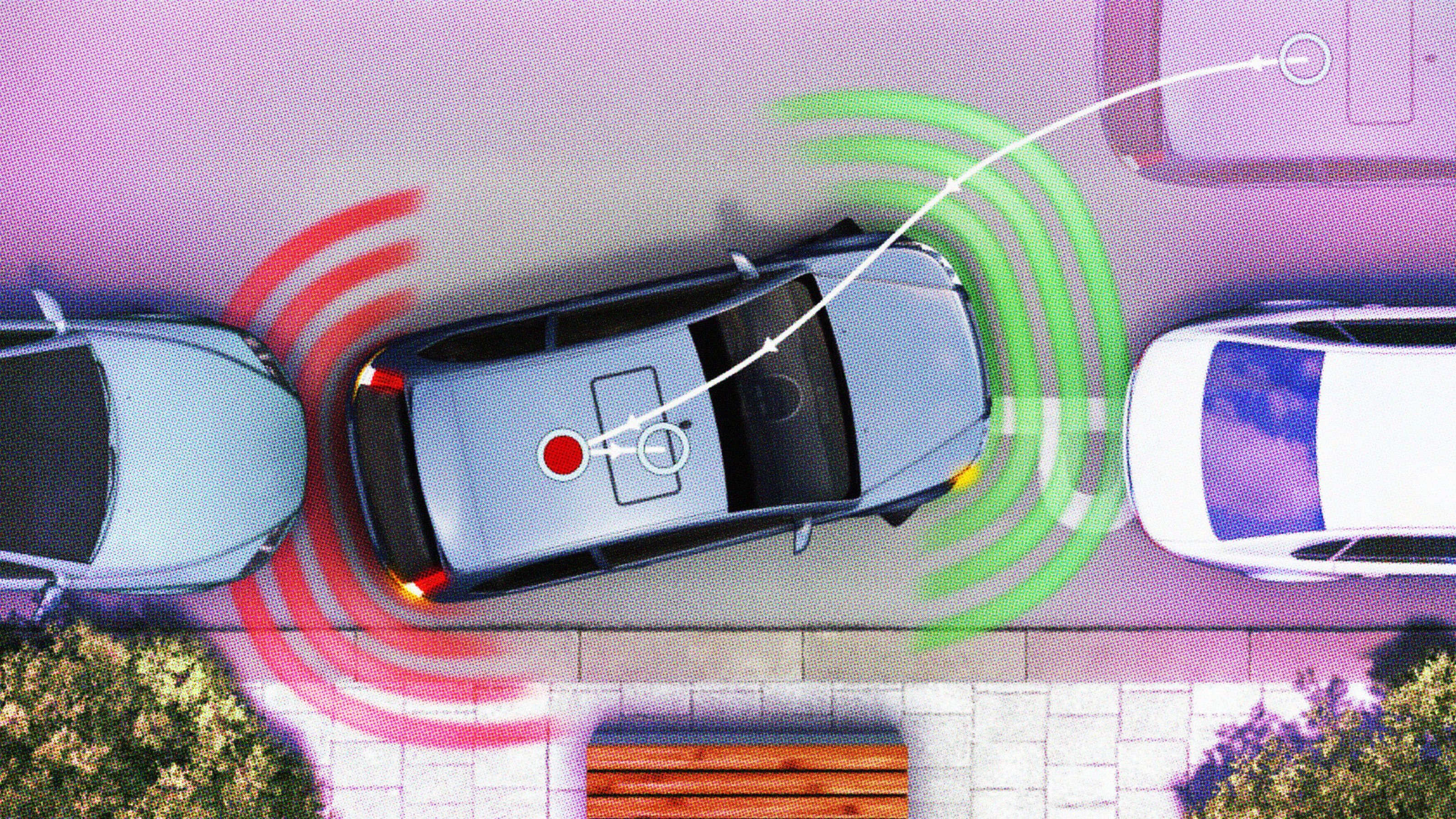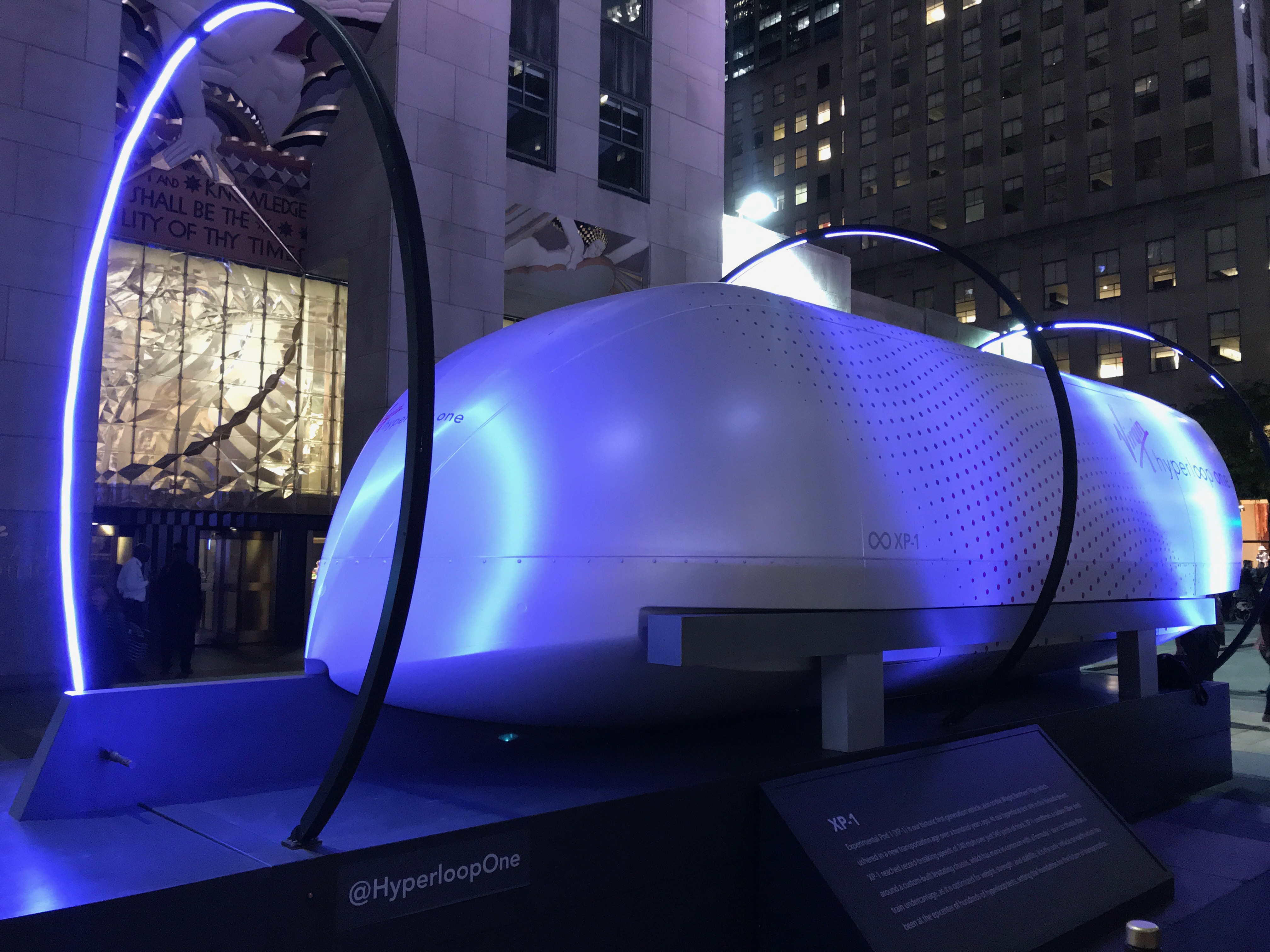Touchpad Breathalyzers Could Soon be Standard in Cars

Many people in the United States convicted of a DUI are required to install breathalyzer equipment, also known as Ignition Interlock Devices, in their vehicles. Upon entering the car, the driver is required to blow into the device, which then detects whether the driver has too much alcohol in their blood. If so, it’ll do exactly what its name suggests and prevent the car from starting. Then, at random times on the road, the device will require a retest to make sure the driver isn’t up to any funny business behind the wheel. Failure to take the retest results in the car transforming into a rolling noise violation — alarms hollering, horns blaring — until the driver pulls over and turns off the ignition.
While this system tends to work well in preventing repeat offenses, an IID isn’t always appealing to those who want to voluntarily install one to be extra safe. They’re not exactly discreet, cost at least $50/month, and are specifically designed to be kind of inconvenient. Luckily, we’re about to enter a new era of DUI prevention built upon a bevy of smart new technologies.
Becca Smouse of USA Today has the scoop:
“A new generation of technology is taking shape around systems that prevent cars from operating if the driver is drunk. Researchers say the new technology is so promising that they compare it to the advent of the seat belt in terms of its potential.
‘This is the single best opportunity we have to save lives,’ says Bud Zaouk, director of the Driver Alcohol Detection System for Safety (DADSS), a government-funded research organization.”
By that description alone it almost sounds like Smouse is echoing what we’ve just learned about IIDs. A deeper dive reveals that the team at DADSS has much more than old tricks of its sleeve:
“Breath. A system measures blood alcohol levels from a driver’s breath. The levels would be detected from sensors mounted in front of the driver. But the driver wouldn’t even need to be aware they are being monitored.
Touch. This method would screen for alcohol when the driver touches the start button, or another designated surface in the car. Alcohol levels would be measured under the skin’s surface on a touchpad with an infrared light scanner.”
The first thing you notice is that each of these mechanisms is designed to be quick, discreet, and unobtrusive. Zaouk tells Smouse that the tests won’t inconvenience drivers and that they’ll be over in the blink of an eye. Touch a button, instantly know whether you’re good to drive or not. Ignition turns on or stays off. Done.
In 2013, car crashes in the United States involving a drunk driver caused the deaths of 10,076 people, according to the National Highway Traffic Safety Administration (NHTSA). That’s nearly one-third of all fatalities on American roads. If the sort of technology DADSS is developing could significantly dent that number, we’d be looking at much safer roads moving forward.
Smouse writes that the new technologies are about five to eight years from being car-ready, and that they won’t at first be standard features like seat belts. Instead, they’d be marketed as a safety add-on comparable to a rear camera or collision-avoidance override. That said, you have to assume that if the technology proves to be effective in saving lives, the federal government won’t hesitate to require universal application across all makes and models.
With innovations like this on the horizon and the promise of accident-averse driverless cars right behind, we may soon reach a future where thousands more people make it off the roads alive.
Read more at USA Today.
Photo credit: © tillsonburg / Getty





